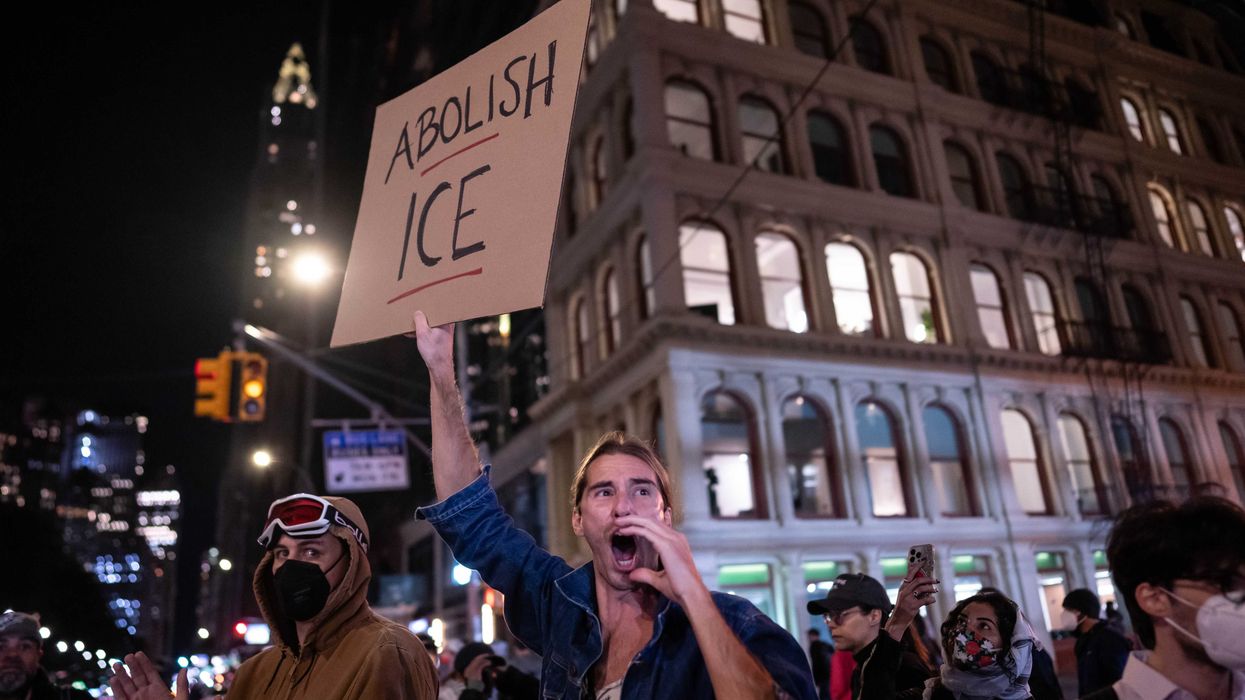I drink a lot of soda. A lot of it. In fact, it’s pretty much my favorite thing on earth. I have built a ceiling high shelf which lives in my garage, and holds 34 different flavors of soda. I’m not kidding. So, it makes sense that I am still thinking about Michael Bloomberg’s proposed ban on sodas over 16 ounces.
“Drink free or die” was the slogan a dozen or so people recently chanted outside City Hall Park in New York protesting Mayor Bloomberg’s idiotic ban on soda.
I love the idea…but is a dozen enough? It should be more like, I don’t know, 8 million?
This goes along with the recent poll that says 53 percent of New Yorkers say the soda ban is a bad idea and 42 percent disagree.
Most conservatives see this as a positive. Even in the progressive haven of New York City, the majority of people still oppose this ridiculous nanny statism. But, again, shouldn’t it be more like 100%-0%?
I’ve been to a lot of New York happy hours. I’ve participated in many of them. I’ve over-participated in many of them, too. I’ve never seen a lack of people who are pouring giant beers down their throats. How can they possibly think it is okay to ban certain amounts of soda?
I think this is a fundamental problem in communicating conservatism. Let me explain:
Here is the wording of the question:
“Mayor Bloomberg has proposed a ban on the sale of sugary drinks larger than 16 ounces including energy drinks and iced teas. You would still be able to get refills or buy more than one serving and be able to get diet sodas, fruit juices, dairy drinks, alcoholic beverages, or any drinks sold in a grocery or convenience store. Do you think the proposal to ban sugary drinks is a good idea or a bad idea?”
Obviously, the question is worded to present the most positive spin on the soda ban. Surely, if Texas proposed a ban on contraception that would still allow you to get it at grocery stores only, it wouldn’t get such optimistic treatment.
But, the issue here is, what I call, internal translation.
People are ASKED the question:
Should government ban drinks over 16 ounces?
People ANSWER the question:
Should people drink sodas over 16 ounces?
In other words, when they internalize the question, it becomes “is drinking tons of soda a good idea?” even though what we’re really talking about is government making certain forms of soda drinking illegal.
It’s really a serious issue, because it reveals something terrible about ourselves. We (at least a lot of people) think the only way to deal with an undesirable outcome, is government action. That internal translation is something conservatives need to figure out. One that, short of controlling the media and polling organizations, I don’t have a solution for yet.
There are obviously hard core progressives that want to control every aspect of your lives, like Michael Bloomberg. But the typical person who sides with him in this poll isn’t considering their personal liberty. They are just judging whether they think people should drink a lot of soda. This is the foundation upon which terrible policy is built.
What if the question was phrased like this:
“Should you be able to choose to drink more than 16 ounces of soda at a time?”
I have to believe that gets 70-75% approval, even in New York. Remember, these are people that supposedly put such a premium on the concept of choice that they are willing to want abortion to be legal even when they say it’s a bad thing personally.
Bloomberg says the soda ban is there to protect you and help keep costs down so the city doesn’t have to keep investing in sturdier gurneys to pry you out of your house to go to the hospital or something. But he adds: “If you want to kill yourself, I guess you have a right to do it.”
Yes, I do. Unless, of course, you get your way. Which you won’t. At least in Texas.


 Harold M. Lambert / Contributor | Getty Images
Harold M. Lambert / Contributor | Getty Images
 Adam Gray / Stringer | Getty Images
Adam Gray / Stringer | Getty Images Anadolu / Contributor | Getty Images
Anadolu / Contributor | Getty Images Brandon Bell / Staff | Getty Images
Brandon Bell / Staff | Getty Images